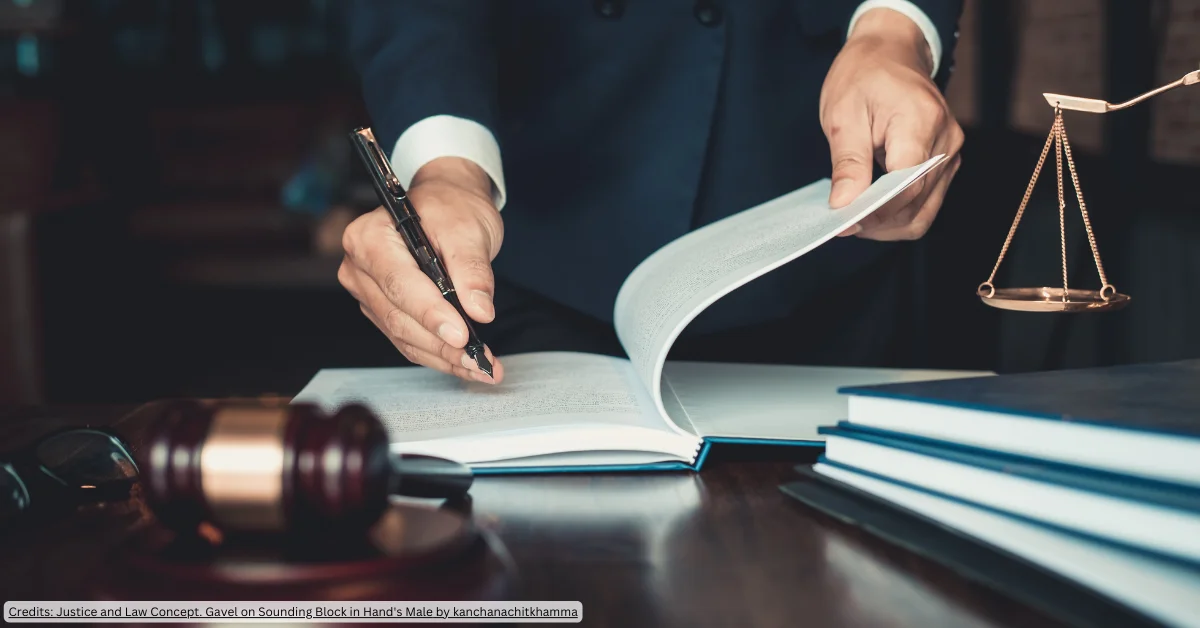Welcome to Happenings on the Hill – Happenings on the Hill is a fortnightly column specifically for the Third Sector by government engagement expert Neil Pharaoh, Director and co-founder of Tanck.
Let me start by saying this isn’t an article of whether or not The Voice has merit (I will be voting yes, encourage you to vote yes, and am most happy to jump on a call anytime and explain in more detail why I am voting yes). This article is about looking at the respective campaigns BEHIND the voice (yes and no) and to dive into what is working, what isn’t working, and what lessons you can learn along the way.
There are a number of key campaign elements at play across the Voice campaign which I will dive into today.
- Who are they talking to? And about what?
- How are they trying to shift voter opinions?
- What is their message and framing campaign?
The discipline each side has in their campaign.
First let’s dive into the who. Politics in Australia is always fought and won in the middle. Typically, you have a portion of the population who is fairly solidly left/progressive/Labor etc, and a portion of the population who is fairly solidly right/conservative/Liberal-National and then a chunk in between who “swing”. Typically, this is around 30% fixed to each right and left and 40% who “swing”.
When looking at The Voice campaigns, you can see both sides spend a portion of their time and effort, “talking to their base” – that is focusing more on the extreme end of support/non-supporters to encourage them to volunteer, get involved, donate or rally around. The key question is how this is balanced between talking to those who are in the “swing” category. Reflect and review each campaign, and see if they are talking to people who perhaps don’t know what the Voice is, have questions over it, or are genuinely swing voters. Is one side doing better than the other at trying to navigate the “middle ground”?
Let’s step into an example of this, which may not herald these organisations their intended result. A campaign was recently run by a large progressive organisation to encourage a yes vote. In this campaign and its advertisements, they used the word “treaty” as well as referenced everyone who was quoted based on their “First Nations” location – Gadigal for Sydney, Naarm for Melbourne etc. Now to those on the progressive side, this seems a good thing – most progressives are supportive of a treaty and use First Nations places names. However, swing voters and multiple surveys show that swing voters are LESS inclined to vote for The Voice if the term “treaty” is used as part of the process and may be sceptical of using First Nations names. As you can see by this example, while well intended, the content of the campaign is likely to harden people already voting yes, and potentially repeal those who are undecided or swing voters – the exact opposite of what they probably intended.
Let’s move to the “how”. We recently saw stories in Nine Media publications about the focus of the no campaign being to make 3.5 million phone calls (https://www.smh.com.au/politics/federal/the-3-5-million-voters-the-no-campaign-is-targeting-to-block-the-voice-20230912-p5e43r.html) around the same time we saw the campaign launch around Walk for Yes (https://www.9news.com.au/national/walk-for-yes-thousands-of-yes-campaigners-join-marches-across-australia/0a950bbf-c936-4c3b-8cae-fe04fe2cb6ab)—both of these activities are talking to the “how” to shift hearts and minds. One is clearly focused on undecided voters and voter contact, the other is keen to demonstrate public support as the “how” to win the campaign. There are differing arguments as to if rallies work (https://www.theatlantic.com/technology/archive/2020/06/why-protests-work/613420/ and
https://www.chathamhouse.org/2020/12/what-makes-successful-protest ) and highly convincing studies which show the impact of what is called “direct voter contact” (https://www.nytimes.com/2016/04/10/magazine/how-do-you-change-voters-minds-have-a-conversation.html). Conversation is absolutely seen across the board as the most effective way of changing hearts and minds and opinions around issues. Again, focusing objectively on the “how” and that you need to change hearts and minds of swing or undecided voters – assess whether rallies are likely to be more, or less successful than direct voter contact – in your opinion.
Message and framing is another critical part of civic engagement, elections, campaigns and voting. You see this throughout election campaigns and which “issues” are best addressed by the major political parties. Topics such as who is best to manage the economy, or defence, or education all dictate preferences to particular parties, and whatever seems to be the “top of mind” issues come election will determine an outcome. Historically Labor focuses more on health, education and jobs, and the Liberal/National party on defence, security and safety. We have seen in Australia a strong contest around “the economy” and who is best to manage (https://www.smh.com.au/politics/federal/which-party-is-better-at-managing-the-economy-there-s-no-easy-answer-20220410-p5acbt.html) as the most recent contest issue. Throughout the Voice, the sides are trying to nudge you into their frame. The yes case focuses on the recognition of First Nations people (if this is the frame you vote on I would say over 90% of Australians would probably support it) they are also increasingly focusing on “listening makes better decisions/results”. This argument on listening makes better decisions is actually probably a very strong one for swing or undecided voters (and even conservative ones) who hear about the billions spent on First Nations issues and are highly likely to switch their vote if they believe that the voice will help make better decisions. You can see how if the voice is about these two issues – better decisions and recognition, the Yes case will probably win.
The no case is arguing “risky”, “divisive” and “unknown consequences”. Risky speaks to the inherent conservatism of Australians in the referendum (only 8 of over 50 have passed), divisive is a deliberate strategy to reach into the progressive side (or some of them) to say this divides and doesn’t unite, and “unknown consequences” speaks to the undecided middle. If people vote on these frames, the no side wins.
An example of the framing, and counter framing is the arguments of “if you don’t know, vote no” (see above) and the “if you don’t know, find out” (the yes case response). An unusual response to both of these has started to arise in some commentary “if I do not know, it is actually your job to convince me”. In short, The Voice is not even a top five issue for most Australians (https://www.dailytelegraph.com.au/news/nsw/redbridge-poll-finds-voters-dont-think-voice-to-parliament-is-a-top5-priority/news-story/48af8dc8fc67285fa92a2074a82e2e92) so being told to vote no because I don’t know, or to research it myself is actually offending some of the swing middles – their view is this isn’t an issue for me, so if you want me to have a view you need to engage me, I am not going to do it myself. So, think critically as to how you may respond in these circumstances. What would you do differently?
Finally, discipline is key to any successful campaign. Critically consider both sides, who is sticking to their message and frame most successfully? Who is making fewer mistakes? Who is diligently avoiding anything that annoys the “swing” voter? Who is ensuring they best balance firing up their base, versus convincing people to take action one way or another? All those reflections needed to be considered from a campaigning lens also.
So who will win from a campaigning sense? We will find out on 14 October!













